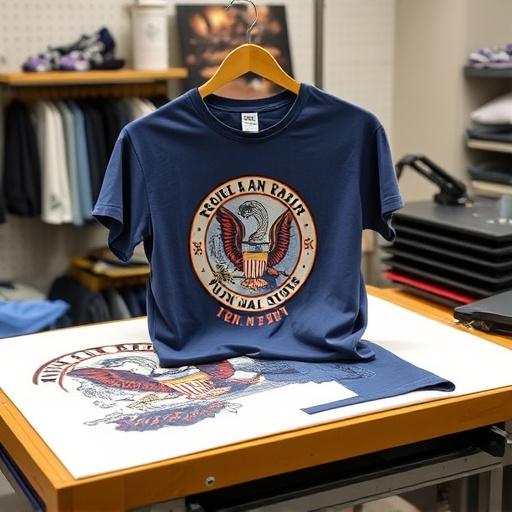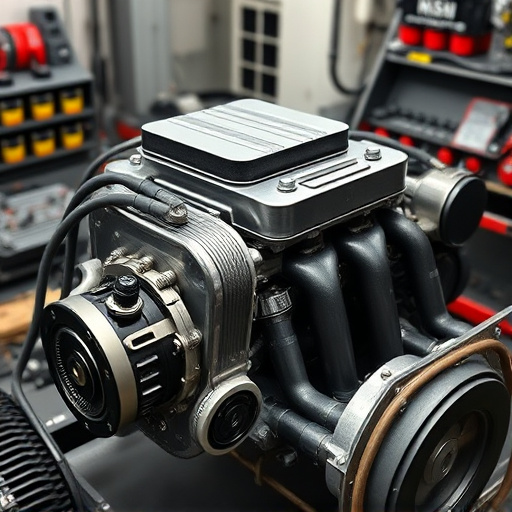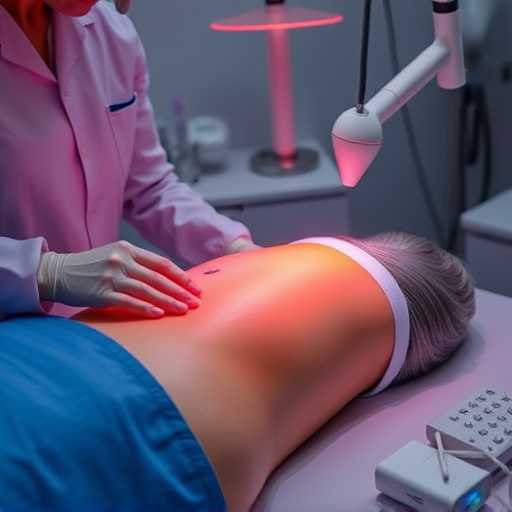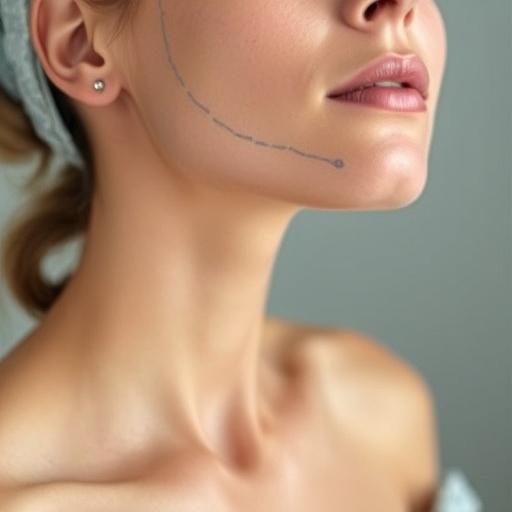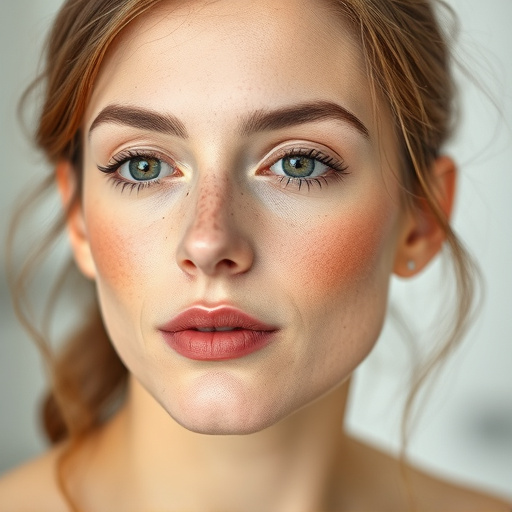Chest hair growth is hormonally driven, with treatments targeting various stages of hair development. Popular chest hair removal methods include shaving, waxing, laser, and IPL therapy, each with pros and cons. Laser and IPL offer permanent solutions but require multiple sessions. Hydrating facials can prepare skin for removal, while microneedling may cause temporary irritation needing proper care. Consulting a dermatologist ensures tailored aftercare for chosen chest hair removal methods.
Looking to smooth out your chest? Chest hair removal treatments have come a long way, offering a range of options tailored to different needs. From laser hair removal to shaving and waxing, understanding how chest hair grows and exploring the pros and cons of each method is key. This guide breaks down everything from potential side effects to tips for managing them, helping you make an informed decision about achieving a smooth chest.
- Understanding Chest Hair Growth and Its Causes
- Exploring Common Hair Removal Methods for Chest Area
- Potential Side Effects and How to Manage Them
Understanding Chest Hair Growth and Its Causes
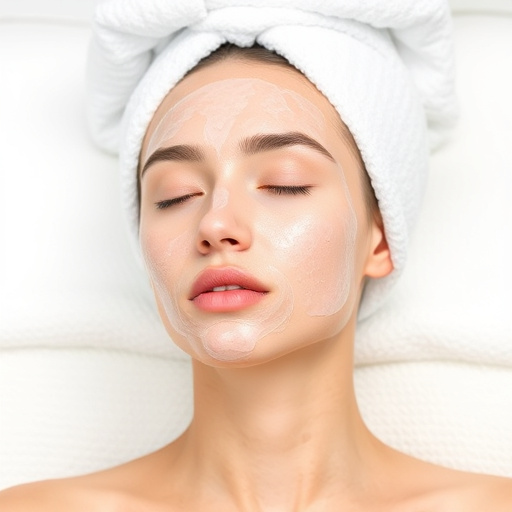
Chest hair growth is a natural process influenced by various factors, including hormones and genetics. Androgens, such as testosterone, play a significant role in stimulating the growth of chest hair, known medically as axillary and pectoral hair. This type of hair growth typically starts during puberty, following the body’s hormonal changes.
Understanding the causes behind chest hair growth is essential when considering chest hair removal treatments. Different methods target specific aspects of this process. For instance, some techniques focus on inhibiting hormone production or blocking the action of androgens on hair follicles. Others may involve exfoliating the skin to enhance absorption of treatment products. Additionally, certain facial treatments, like hydrating facials, can improve skin condition and overall texture, making hair removal more effective and comforting for individuals concerned about chest hair.
Exploring Common Hair Removal Methods for Chest Area
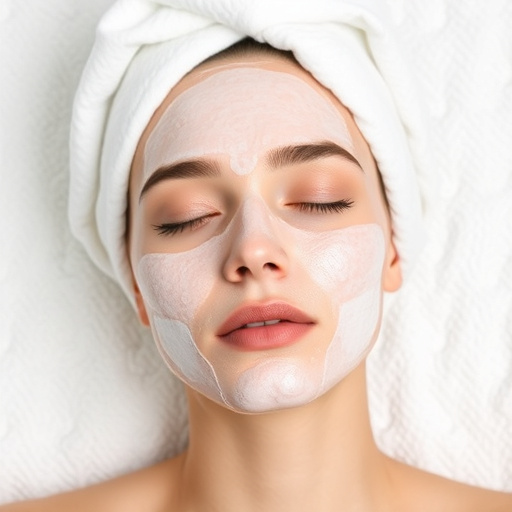
When it comes to chest hair removal, there are several methods commonly explored by individuals seeking a smooth and hair-free chest area. The most popular include shaving, waxing, laser treatments, and more recently, intense pulsed light (IPL) therapy. Each method has its own advantages and is suited to different skin types and preferences. Shaving is an inexpensive, quick option but can cause irritation and ingrown hairs. Waxing provides longer-lasting results, typically lasting up to 4 weeks, but it can be painful.
Laser treatments and IPL are more permanent solutions for chest hair removal. Laser targets the follicle, preventing hair growth, while IPL works by breaking down the pigment in the hair, making it less visible. These methods require multiple sessions and are generally more expensive than others. However, they offer long-term results and reduced maintenance compared to other techniques like hydrating facials or chemical peels, which focus on skin rejuvenation rather than specific hair removal for the chest area.
Potential Side Effects and How to Manage Them
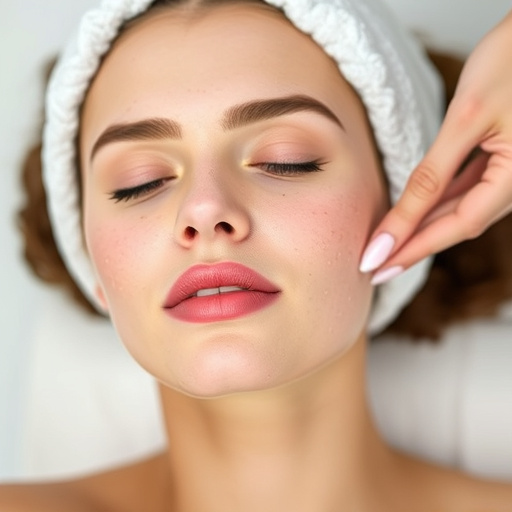
Chest hair removal treatments have come a long way, offering various options for those seeking a smoother, hair-free look. While most methods are relatively safe and effective, it’s crucial to be aware of potential side effects, especially with non-surgical treatments like microneedling therapy. Some users may experience redness, swelling, or minor irritation in the treated area, which is usually temporary.
To manage these side effects, keep the treated skin clean and moisturized, avoiding harsh products or strenuous activities for a few days post-treatment. Over-the-counter pain relievers can help alleviate any discomfort. For persistent issues or concerns about skin tightening, consult a dermatologist who can guide you through aftercare instructions specific to microneedling therapy or other chosen chest hair removal methods.
When considering chest hair removal treatments, understanding your options and potential side effects is key. By exploring common methods like shaving, waxing, laser therapy, or electrolysis, you can make an informed decision based on your comfort level and desired results. Remember that each method has its pros and cons, so choosing the right approach for your body and lifestyle will ensure a smoother experience. Chest hair removal is achievable with patience and the right tools, allowing you to feel more confident and comfortable in your skin.
